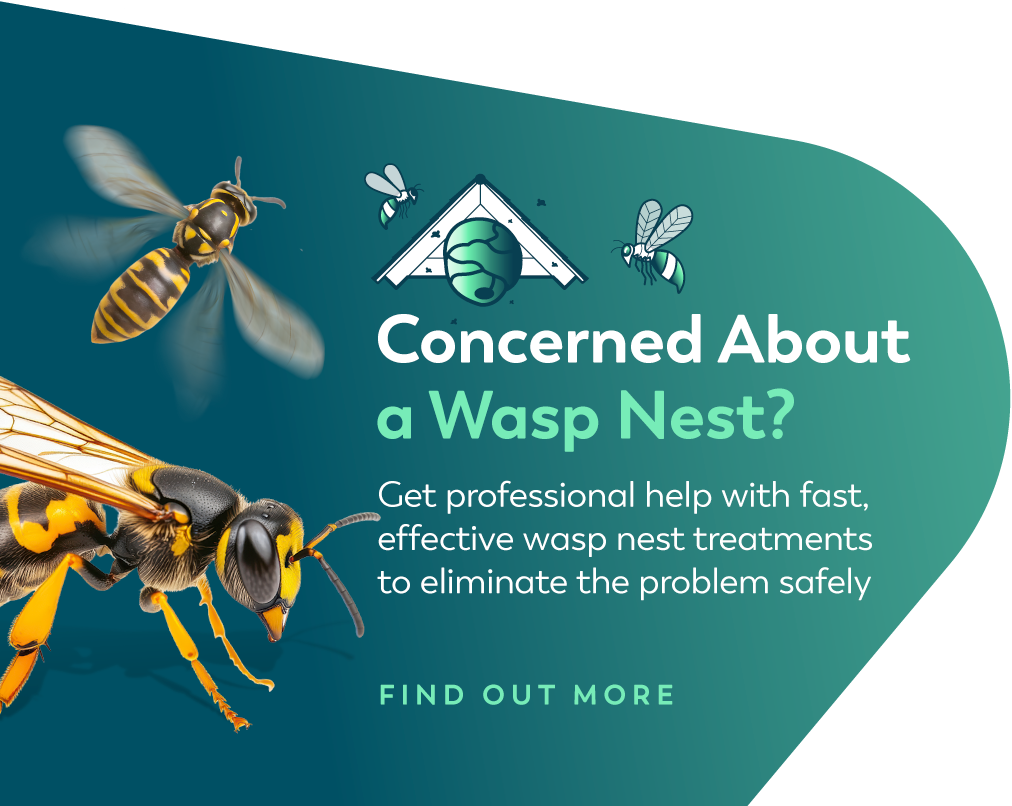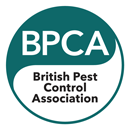It is important to understand the types of pests that commonly infest healthcare facilities. Rodents, cockroaches, and insects are among the most common pests found in healthcare facilities. Rodents, such as mice and rats, can carry diseases like salmonella and hantavirus. Cockroaches can also spread diseases and can trigger asthma and allergies. Insects such as bed bugs can cause skin irritation and allergic reactions.
Get a quote
or email usThank you for the quote request
We will aim to get back to you as soon as possible.
Email us
or get a quoteThank you for your email
We will aim to get back to you as soon as possible.

